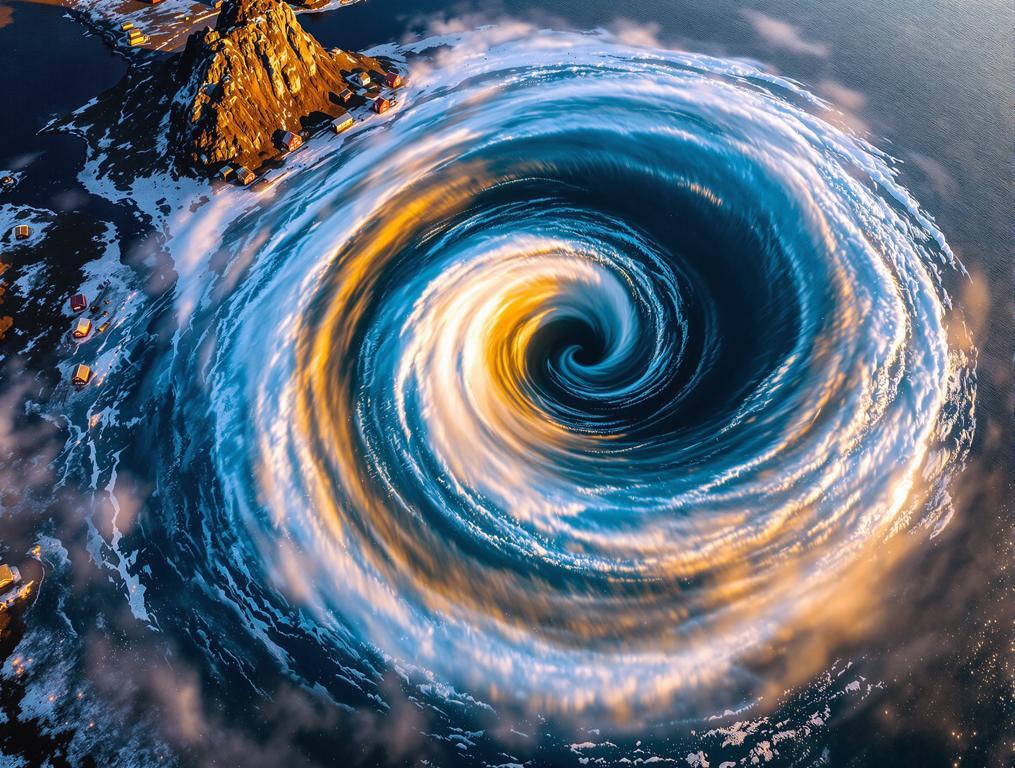I’m standing at the edge of Moskstraumen, a swirling mass of water so powerful it swallowed ships whole in Norse mythology. Looking around, it’s hard to believe just 1,263 people inhabit this entire dramatic island. The contrast is mind-boggling – a tiny human population maintaining a fragile foothold beside one of nature’s most fearsome displays of power. The summer midnight sun bathes everything in golden light at 11 PM, making this remote corner of Moskenesøya, Norway feel like a place where time follows different rules.
The Island Where 1,263 Residents Guard Earth’s Most Powerful Whirlpool
Moskenesøya’s population density is just 6.8 people per square kilometer, creating a wilderness feel despite being part of Norway’s increasingly popular Lofoten archipelago. What makes this place extraordinary isn’t just its emptiness – it’s what that emptiness guards.
The Moskstraumen whirlpool generates currents reaching 10.7 knots during peak tidal flows, powerful enough to drag fishing vessels into its vortex. Unlike Santorini’s dramatic volcanic cliffs formed from ancient eruptions, this natural phenomenon renews its power twice daily with the tides.
Local fishermen navigate these waters with inherited knowledge passed through generations. “We don’t fear the maelstrom, we respect it,” an elderly fisherman tells me while mending nets outside his red rorbuer cabin in Reine village. “Our ancestors learned its patterns, and we’ve never forgotten.”
What’s remarkable is that you can witness this powerful spectacle right now during the midnight sun season – a magical 8-week window when the sun never sets. Hiking the 1,978 stone steps of Reinebringen at midnight under golden sunlight is an experience that defies everything you expect from nighttime adventures.
When Literature Meets Reality: Poe’s Maelstrom in Modern Norway
Moskstraumen isn’t just locally famous – it terrified Edgar Allan Poe enough to inspire his short story “A Descent into the Maelstrom.” Standing here, I understand why. The swirling currents create a hypnotic pattern that’s simultaneously beautiful and unnerving.
Unlike the more famous Saltstraumen maelstrom near Bodø, which draws organized tourist boats, Moskstraumen remains relatively untouched. Moskenesøya offers the raw, untamed version of Norway that travelers seeking authentic experiences crave.
“I’ve visited Norway three times, but nothing prepared me for this island. The whirlpool feels alive, like it’s breathing. And with no crowds, you actually hear the water’s roar instead of tourist chatter.”
The island’s fishing villages with their red and white rorbuer cabins create a striking contrast against the deep blue fjords. Where Italy’s gravity-defying coastal villages use vibrant colors, Moskenesøya’s color scheme serves practical purposes – the red traditionally symbolized prosperity while helping fishermen spot home during storms.
But Moskenesøya offers surprises beyond its whirlpool. Ramberg Beach joins other Arctic beaches with turquoise waters that defy expectations of the far north. Locals call it the “Arctic Copacabana” – a stretch of white sand that looks transplanted from tropical shores.
Midnight Sun Magic: The Perfect 8-Week Window
Timing matters crucially when visiting Moskenesøya. Right now, during the midnight sun period (late May to mid-July), you can photograph the whirlpool, hike mountains, and swim at Arctic beaches at any hour. This natural light show transforms ordinary landscapes into extraordinary experiences.
The best viewing point for Moskstraumen is from Reine village, accessible via the E10 highway that winds through the island. While Reinebringen gets crowded with hikers seeking panoramic views, locals directed me to Hesthaugen Point for equally spectacular vistas with a fraction of the visitors.
To truly experience local culture, visit the Lofoten Stockfish Museum in the village of Å (pronounced “Oh”), where the owner shares generational fishing knowledge. While Moskenesøya offers serene reflections, travelers seeking calmer waters might enjoy Europe’s most serene reflection walks in France’s volcanic lake region.
My daughter Emma would love the quirky Dagmar’s Museum of Dolls in Hamnøy, a whimsical contrast to the island’s rugged landscapes. Sarah’s camera would never stop clicking here, especially during the golden hours that now last all night long.
As I watch midnight sunlight dance across the swirling maelstrom, I’m reminded of the Norwegian expression “å ha det i fingerspissene” – to have it in your fingertips. It describes the intuitive knowledge these islanders have about their powerful environment, a reminder that some places on earth still demand we humans adapt to nature, not the other way around.
